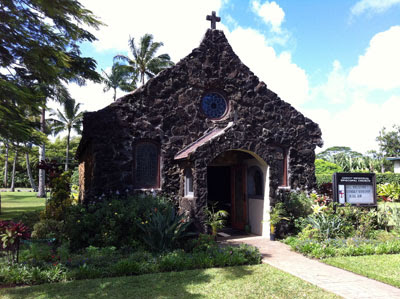Color/Design at a Crossroads
One of the presentations I always find crucial for trends in design and fashion, is the Pantone Color of the Year selection. Does this color ... Greenery ... which was announced toward the end of last year ... drive everyone or all design fields? Probably not ... but it makes you think of color combinations in new contexts and relevant compositions. The presenter was Lea Weiseman, the Executive Director of the Pantone Color Institute. She covered three areas: Trends in design elements; Greenery, the Pantone Color of the Year; and a collection of color design palettes for Spring of 2017. I'll leave the Greenery and Palettes discussions for my next post and cover the design elements here ... in large part because I think these are more universal type inspirations
Trends in design elements and techniques are an ever evolving topic. Here we are talking in broad, general terms ... home interior design, fashion, tabletop, art, paper products and such. A few trends seem to be perennial, like use of retro design elements, recycled (new buzzword = "rescued") pieces and bold use of color.
How do these trends become "trends?" Pantone's color experts look backwards to forecast the future. Two reasons: early adopters are great sources of future mainstream design concepts; and when a color or palette is used in certain applications (kitchen, baby, movies, etc) these signal longevity of the trend.
One key area for forecasting in color are concept cars. Yes ... the auto industry! They may spend several years on a concept, including color analysis to show off the designs as futuristic and desirable.
Maps used in backgrounds and as centerpieces of designs is showing up everywhere. We love this, as we are well-stocked with ephemera and find that not only maps but written pages create great effects in art.
Black and White design for the primary imagery is still an important design element. Add a splash of bold color and this can have eye catching reactions.
Power Clash, or the use of colors in unusual combinations to grab attention.
Distortion ... digital or hand drawn ... can produce dramatic effects. Pixelation, swoops and smudges, melted and liquified.
Large Florals ... these have been around for a few years now, so do not overdo it.
Textural Surfaces ... physical texture as well as visual texture. Think metals and plaster. Textures can be natural, applied or manipulated. Use of etching, abrasion, hammering, overlay and embossing are all ways to gain the effect.
And I want to add one more super-duper color palette ... Nature ... She is hard to beat!

















Nature is hard to beat.
ReplyDelete